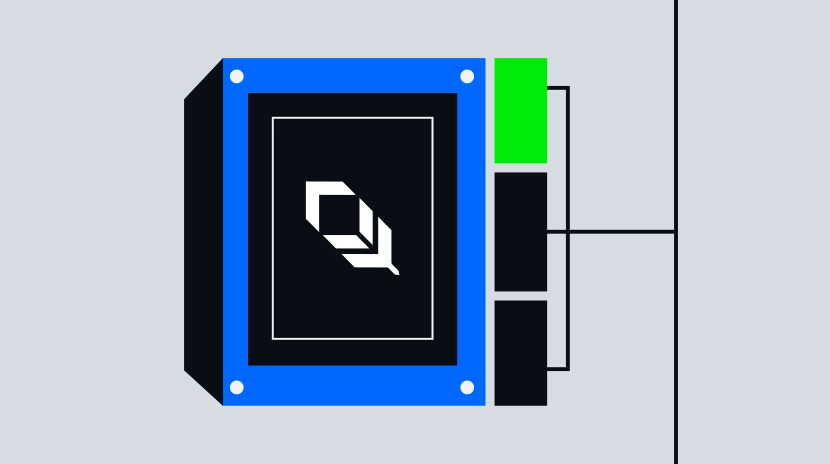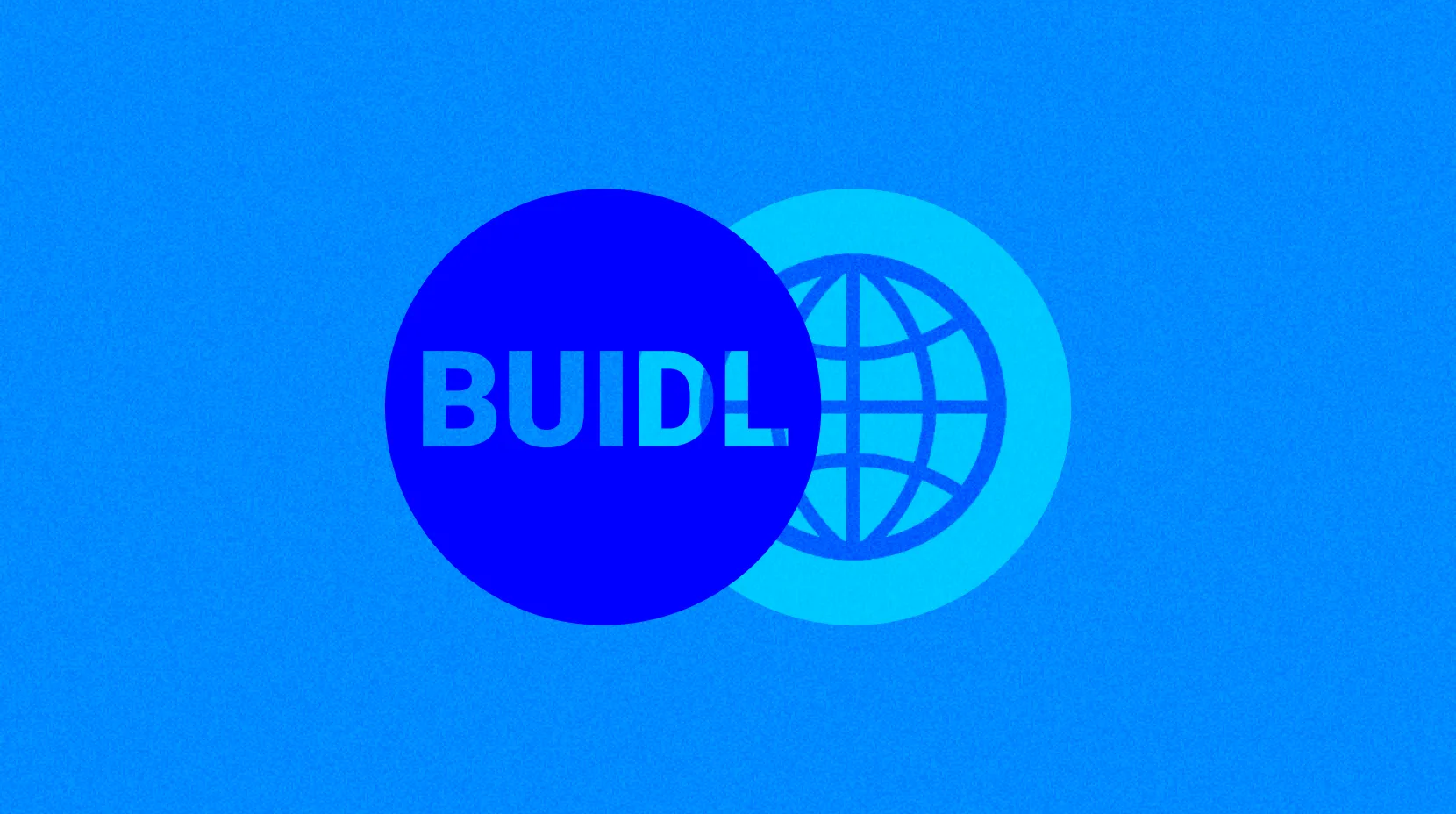Plume Analysis – Infrastructure for the RWA Sector
Forward the Original Title ‘Is Plume the Refueling Station for RWA? A Deep Dive into the Expectations and Challenges of RWA Infrastructure’
RWA show tremendous potential, yet there are surprisingly few infrastructure solutions designed to bridge traditional asset management with blockchain liquidity.
The narrative of RWA has been going on for many years. Everyone knows that it has a broad upper limit and a beautiful narrative, which may bring incremental funds that the Crypto industry has never seen. However, the common perception in the market has long been “loud thunder, little rain.” High entry barriers and long cycles have made RWAs in crypto largely a game for institutions—capital has entered, but only nominally. That’s because for crypto to benefit from this influx, it must also accept the rules of the game. Under the “incremental capital” narrative lies regulation and legal compliance, which have distanced RWA projects from retail users and left them shelved and inaccessible.
First of all, why should we build infrastructure at the RWA track? There are three reasons: 1. Extreme fragmentation in RWA verticals—real estate, collectibles, securities, supply chain finance, cross-border trade—makes the learning and transaction costs between platforms too high; 2. Off-chain compliance and trust are hard to establish. Each real-world mapped asset requires separate trust assumptions, and there’s a lack of unified platforms with professional institutional endorsement; 3. Legal and regulatory risks, which are both obvious and difficult to overcome. Plume, as an infrastructure layer, offers targeted solutions to all of these issues, as detailed in the sections below.
Next, what kind of product moat can only be created by building infrastructure? If Plume were only a token issuance and compliance platform, that would be just step one in its RWAFi vision. The true moat lies in building a complete infrastructure that integrates RWA with DeFi by leveraging blockchain advantages—breaking the common issues of low trading volume and poor visibility found in traditional finance RWA projects. How does Plume aim to break these barriers? By lowering entry thresholds—users can initiate various yield-generating activities directly through the Plume wallet. By enhancing security—Plume uses a modular framework that flexibly adapts to regulatory requirements. This high security combined with low entry barriers makes Plume attractive to existing crypto users, with the potential to convert the low-liquidity institutional capital into high-liquidity, user-accessible on-chain assets. Ultimately, Plume’s core ambition is to attract institutions into a thriving ecosystem. And how does Plume define “thriving”? By delivering real yield and real use cases. As the meme coin narrative fades, finding PMFs (Product-Market Fit) with real returns has become the shared goal of every IQ100 investor. This is also what I emphasized in my previous article about a return to long-termism—where investor focus truly lies.
The last question before getting into the fundamentals of Plume is, does RWAFi have any advantages over DeFi? What risks need to be taken to realize these benefits? DeFi’s yield is typically endogenous—it comes from within a closed-loop system. The majority of DeFi protocols operate under three types of Ponzi-like structures, where profits are generated and recycled within the ecosystem. As a result, seasoned crypto users naturally ask questions like: Who will be the exit liquidity? Who’s going to buy next? What dream can we sell them? These subconscious reflexes are shaped by volatile yield structures and token models that are inherently unsustainable and bound to collapse at some point. In contrast, RWAFi (Real World Asset Finance) breaks through the limitations of endogenous yield. By combining real-world assets with DeFi mechanisms like lending and staking, RWA integration enhances asset liquidity while also generating additional, external returns. This not only gives RWA assets a performance boost through DeFi but also grounds DeFi yield in tangible value, rather than speculation alone.
There are a lot of introductions to the fundamentals of Plume, so let’s briefly outline Plume’s fundamentals through the lens of “real assets and real yield.”
The first is Plume’s asset management categories. Plume positions itself as an RWA infrastructure platform that actively manages on-chain RWA assets. It already supports 180+ ecosystem projects with a total AUM (assets under management) of $1.25 billion. These assets fall into three main categories:
Collectibles: Sneakers, Pokémon cards, watches, wine and art
Alternative Assets: Private credit, real estate or green energy projects
Financial Instrument: Stocks or Corporate Bonds
Secondly, solving the pain points of RWA assets: when many RWA projects put assets on the chain, they will implement excessive restrictions in a way that makes their liquidity less liquid to achieve compliance, such as requiring KYC, setting a lock-up period of 3-5 years, or only providing low returns of 3-5%.
Plume’s solution to this problem is not just to bring physical or synthetic assets to the chain for tokenization, but to go one step further and make these assets useful. Bring real income through income-generating assets and introduce real users through the existing market.
To serve this goal, Plume optimizes how assets are brought on-chain. It determines the most suitable issuance format—whether as NFTs, fungible tokens, or bundled asset products. This thoughtful product design enhances liquidity, increases yield, and reduces risk. Buying these assets can earn you 10-20% annual yield in stablecoins, as well as additional protocol native tokens and Plume incentives.
In order to make this architecture run, Plume relies on four core modules:
Arc: the tokenization and issuance suite;
Nexus: a specialized oracle designed for the RWA sector;
Passport: a smart wallet that aggregates asset management tools, integrates various token standards, and enables DeFi composability;
SkyLink: a cross-chain bridge that mirrors YieldTokens, allowing users to access institutional-grade RWA yields without permission.
Therefore, the main premise for Plume to attract institutions is to build a prosperous RWA public chain. In order to achieve this goal, it is necessary to attract native crypto users. Plume provides two major categories of preferred asset areas: first, yield-generating assets, such as green energy projects, which are safe and stable. However, current listings on Plume’s website show limited user-facing options—some require 5–10 year lockups, making participation difficult. Some projects that open solar asset channels need to be locked for 5-10 years. The second category is trading and speculative assets. Plume sees these as high-demand and offers features such as bulk buying, collateralized lending, and synthetic asset creation.
For security and integrity, the discussion is divided into physical assets and income assets. The tokenization of physical assets stores the physical assets in a safe place and casts a tokenized version of the asset on the chain; income assets will be directly integrated with equipment, such as directly integrated with solar equipment.
Finally, there are regulatory and legal requirements, in order to cope with different regulatory requirements in different regions. Plume’s approach is to rely on corresponding partners and flexibly switch licenses to respond.
Having finished talking about the fundamentals of Plume, we can see that its advantages and disadvantages are very obvious. The advantages are complete and meet the legal requirements of supervision; it provides a complete solution from development to operation, making the path of physical asset issuance smooth; after Binance invested, it occupied the leading position in RWA infrastructure. After the RWA hotspot comes back, $PLUME has a high probability of being hyped; RWAFi’s narrative hype comes into view, and real assets with real returns add new temperament and imagination to Crypto.
Ultimately, RWA’s promise lies in driving new capital and new users into crypto. As a foundational platform, Plume provides the infrastructure to support that. If the RWA market cap steadily grows, Plume is well positioned to be the first to capture value, especially from institutional players and DeFi protocols. It enables Web2 institutions to convert traditional assets into usable RWA tokens on-chain, combining them with DeFi mechanisms for smoother adoption and faster iteration.
But there are also corresponding shortcomings. Despite listing over 180 projects, Plume’s ecosystem growth has stagnated for the past six months. The initial launch may have exhausted its best assets. In reality, the current ecosystem appears low in active engagement, and many protocols are inactive. While Plume offers a fully compliant framework, it may be viewed as a regulatory shell that institutions can plug into, but offers little community energy or grassroots pull. Plume is a project that needs to focus on fundamentals because it is infrastructure. However, in the past year, the talk of infrastructure in the market has changed. A large number of empty infrastructures have become ghost towns after the issuance of tokens. Putting aside the analysis of chips, the label of infrastructure is a characteristic of Plume and may also become a source of resistance among retail investors.
Is Plume the most reliable value capture platform in the RWA space? For now, perhaps—but it’s likely to be replaced as the market evolves. While Plume shows strong appeal in attracting incremental capital, its ability to drive user growth remains unproven. The asset types it prioritizes—such as yield-generating infrastructure like power plants and oil wells, or speculative assets like sneakers and sports cards—have yet to demonstrate clear on-chain demand. In practice, most activity on Plume revolves around tokenized U.S. Treasuries, where its competitive edge is uncertain. As such, its favored verticals have not yet validated their necessity or traction in the crypto space.
Secondly, for explosive user growth to happen, the product experience must be simple. Assets like bonds, private credit, and real estate are relatively distant and complex for most retail users—the time and effort required often outweigh the perceived benefits. Moreover, the issuers of such assets are limited, and for Plume to onboard them poses significant challenges, including resource partnerships, legal negotiations, and regulatory friction. As a result, Plume’s truly usable asset categories are quite narrow: green energy projects, NFT-based collectible assets, and U.S. Treasuries. None of these seem capable of attracting large-scale retail participation. Therefore, the RWA platform that truly drives user growth is likely to come from elsewhere. Tokenized U.S. equities represent a core retail-facing use case—as @Wuhuoqiu noted, enabling on-chain access to previously inaccessible assets for ordinary users is a true 1-to-1 breakthrough.
Conclusion
Overall, RWA has vast potential, but there are only a handful of infrastructure platforms specifically designed to manage traditional assets and bridge them to on-chain liquidity. Plume positions itself as an RWA infrastructure layer built on a vertically integrated full-stack architecture. In essence, Plume offers secure and verifiable on-chain tokenization of real-world assets, breaking down the fragmentation typically seen in the RWA space. Through the Plume wallet, users can engage with DeFi applications such as yield farming, while regulatory risks across various asset types and jurisdictions are comprehensively addressed. Additionally, Plume’s ecosystem benefits from its native user traffic, enhancing accessibility for decentralized applications. This is what defines Plume’s vertical architecture—its structural completeness is rare in the market. For institutional-grade RWAs, integrating them with DeFi requires a highly coherent network design, a robust ecosystem, and seamless developer tooling—elements Plume delivers. However, for retail users, the range of RWA assets currently offered by Plume may lack appeal. Still, it represents the ceiling of what’s currently achievable in RWA infrastructure. As such, Plume’s ultimate target audience is institutions, aiming to provide full-lifecycle asset tokenization services for traditional assets. Its vertically integrated structure, along with ecosystem partners and incentive-driven users, serves as a launchpad to attract more top-tier institutions.
Until tokenized U.S. equities or other innovative RWA products emerge, Plume—backed by Binance’s investment and the network effects of the RWAFi narrative—has a clear shot at becoming the leading infrastructure in the RWA space. Its value capture is tied to the acceleration of the RWA narrative. Therefore, those investing in or participating in Plume should hold reasonable expectations aligned with this trajectory.
Disclaimer:
This article is reproduced from [Techflow]. Forward the Original Title ‘Is Plume the Refueling Station for RWA? A Deep Dive into the Expectations and Challenges of RWA Infrastructure’. The copyright belongs to the original author [@BlazingKevin_, the Researcher at BlockBooster]. If you have any objections to the reprint, please contact the Gate Learn team, and the team will handle it as soon as possible according to relevant procedures.
Disclaimer: The views and opinions expressed in this article represent only the author’s personal views and do not constitute any investment advice.
Other language versions of the article are translated by the Gate Learn team. The translated article may not be copied, distributed or plagiarized without mentioning Gate.com.
Related Articles

What is Plume Network

Reshaping Web3 Community Reward Models with RWA Yields

What Are Crypto Narratives? Top Narratives for 2025 (UPDATED)

ONDO, a Project Favored by BlackRock

Real World Assets - All assets will move on-chain


